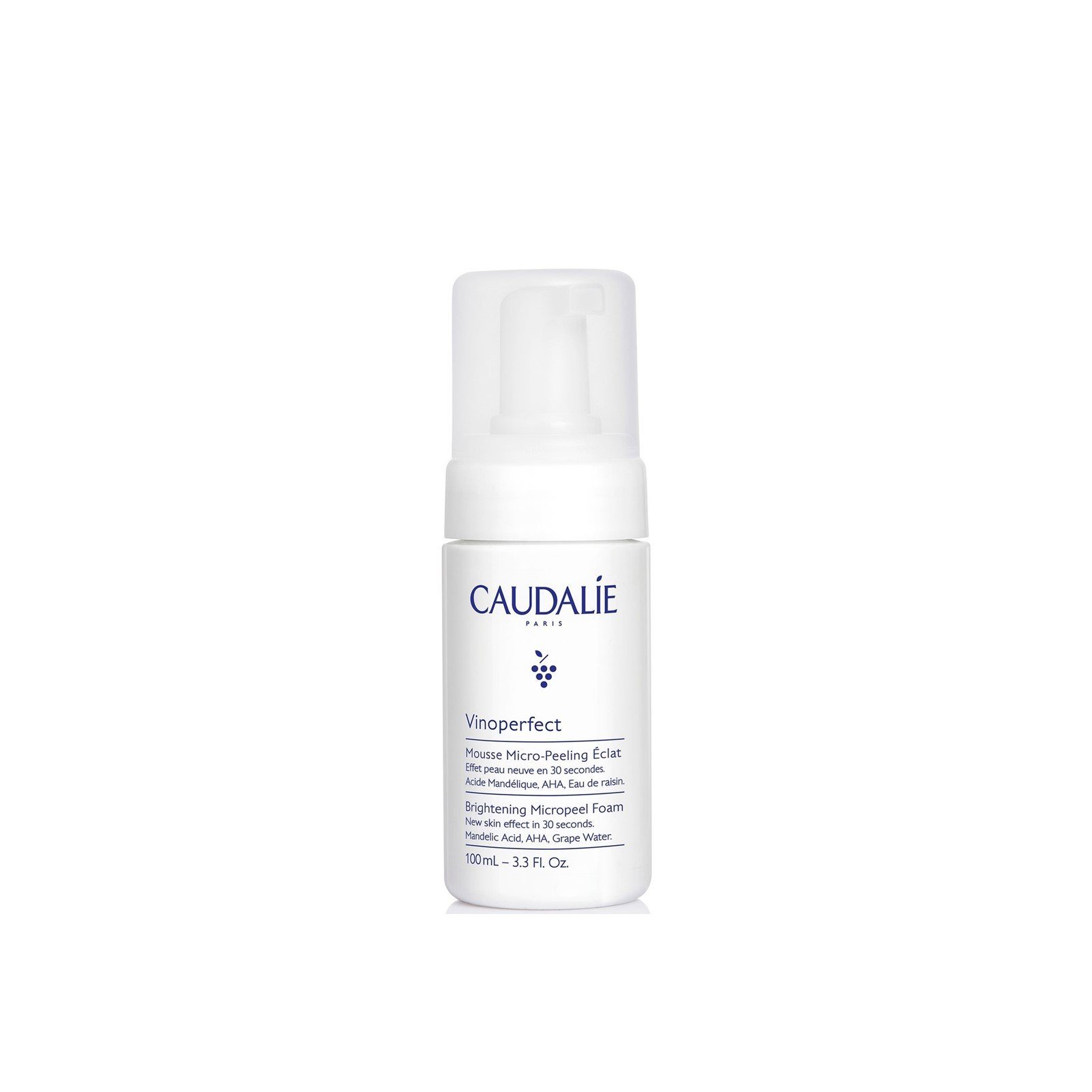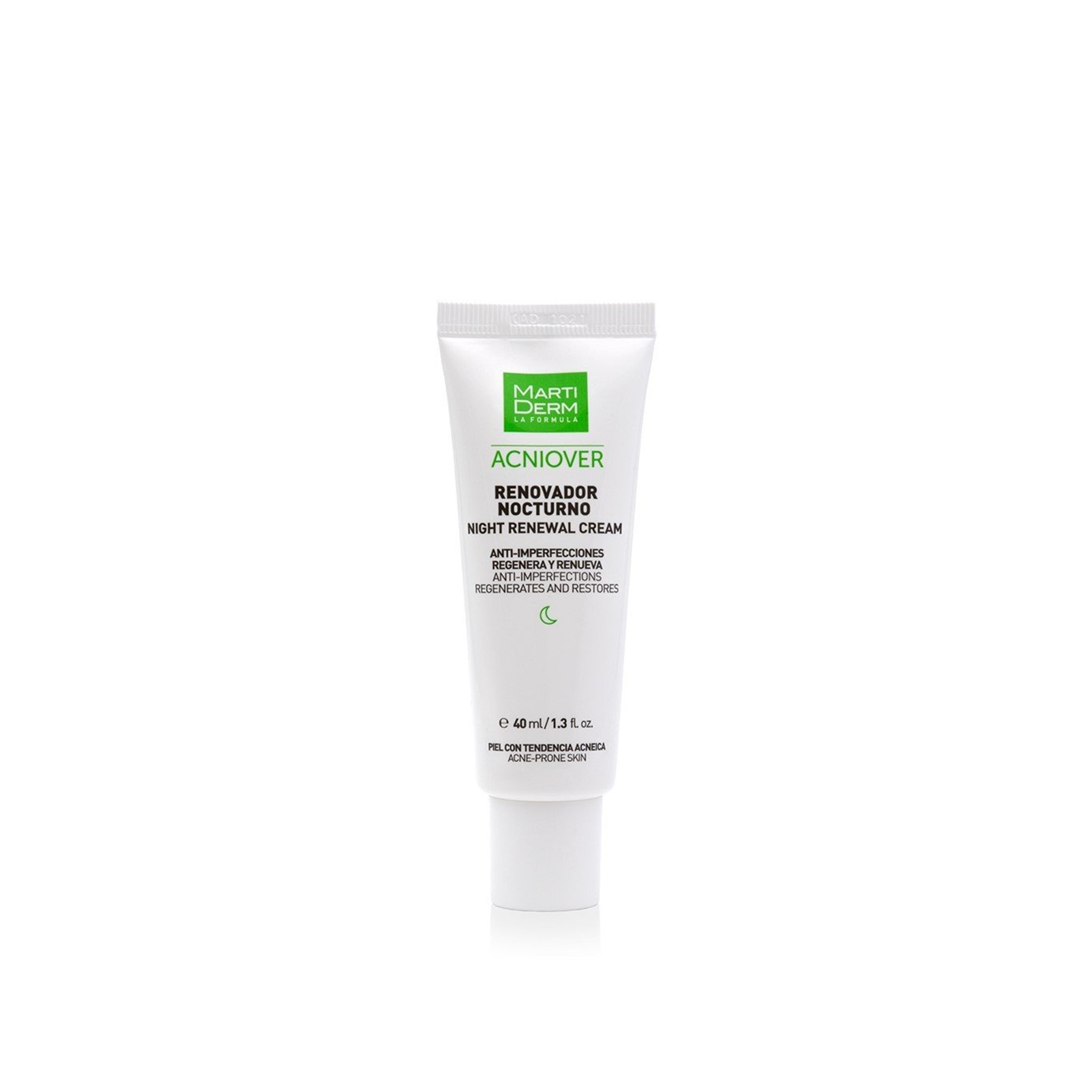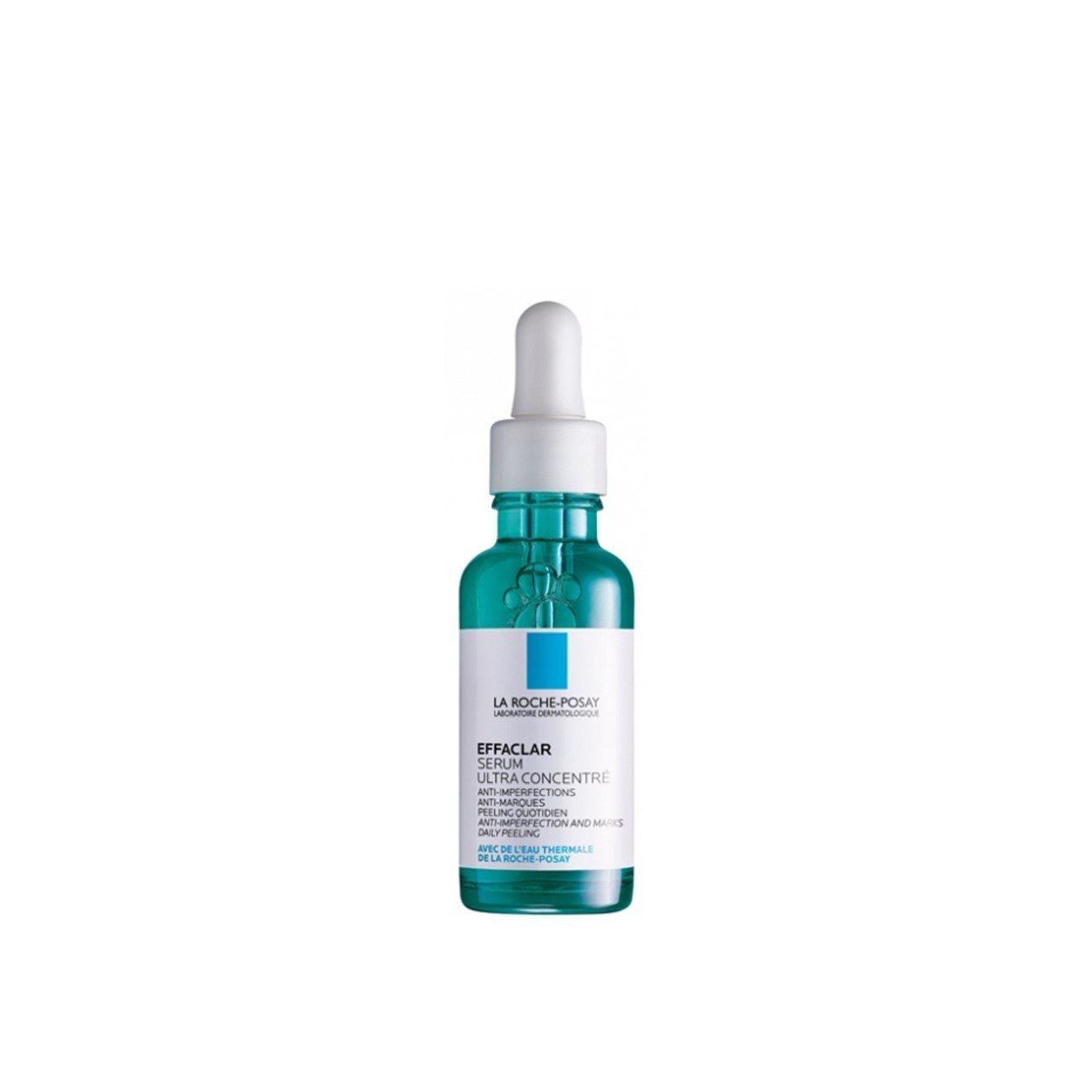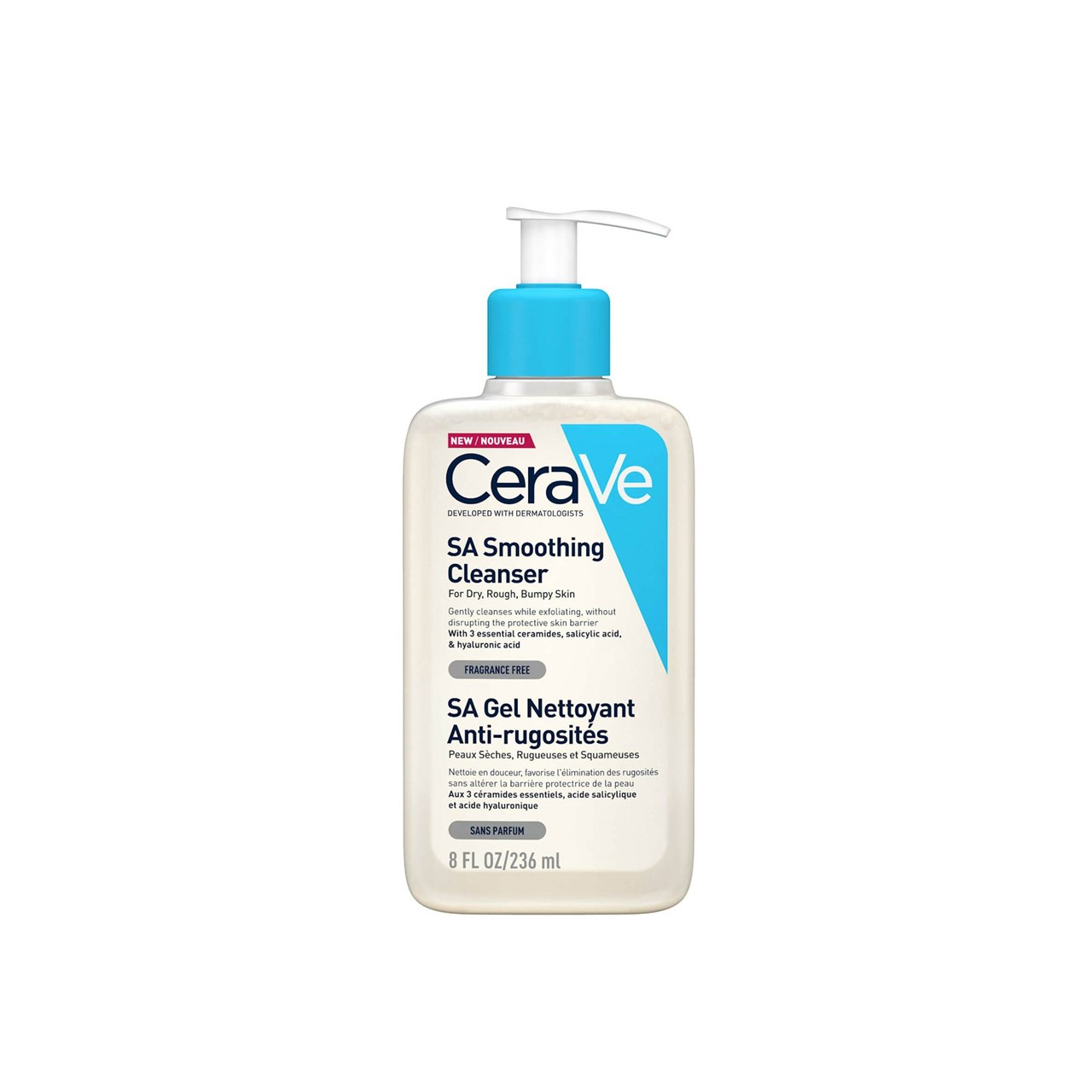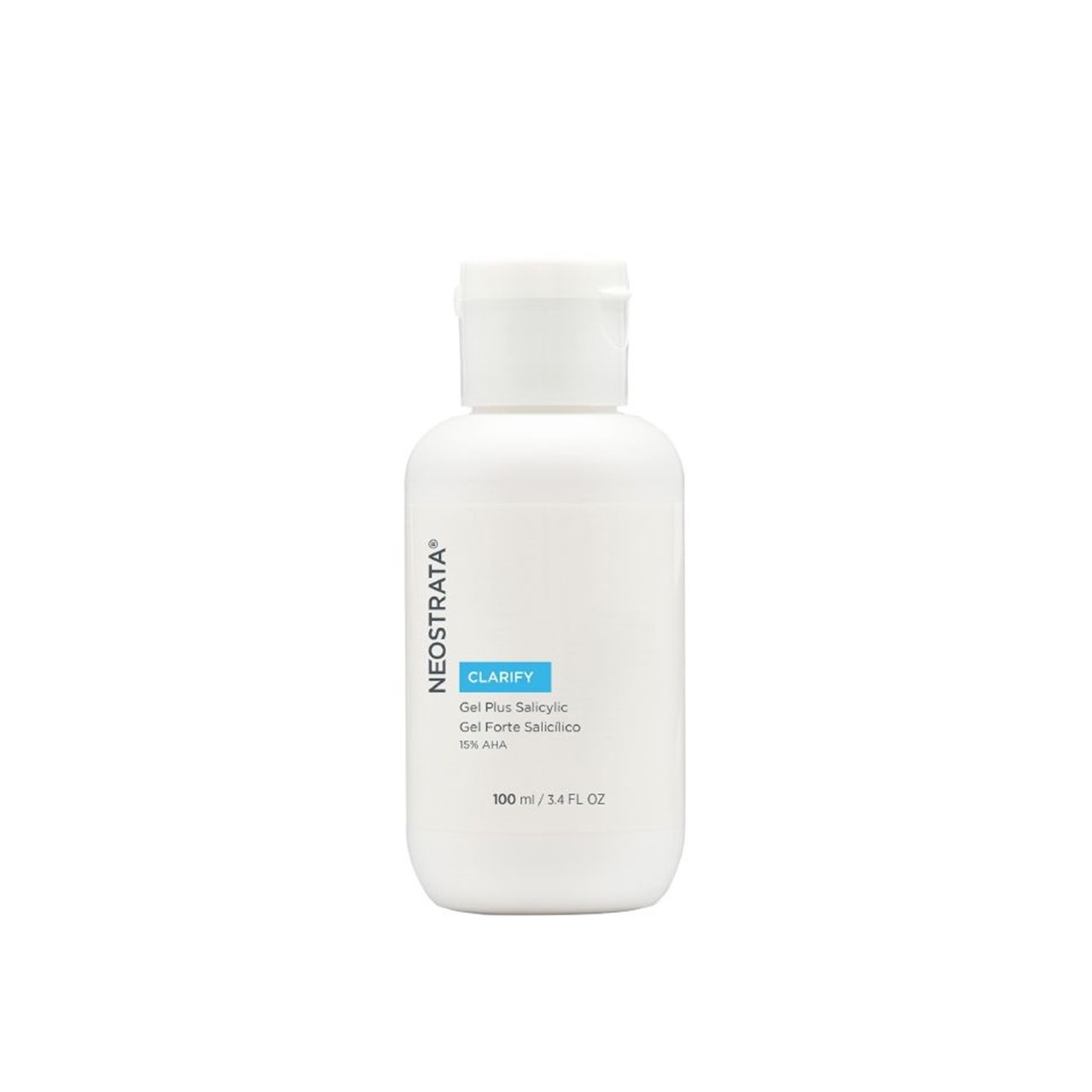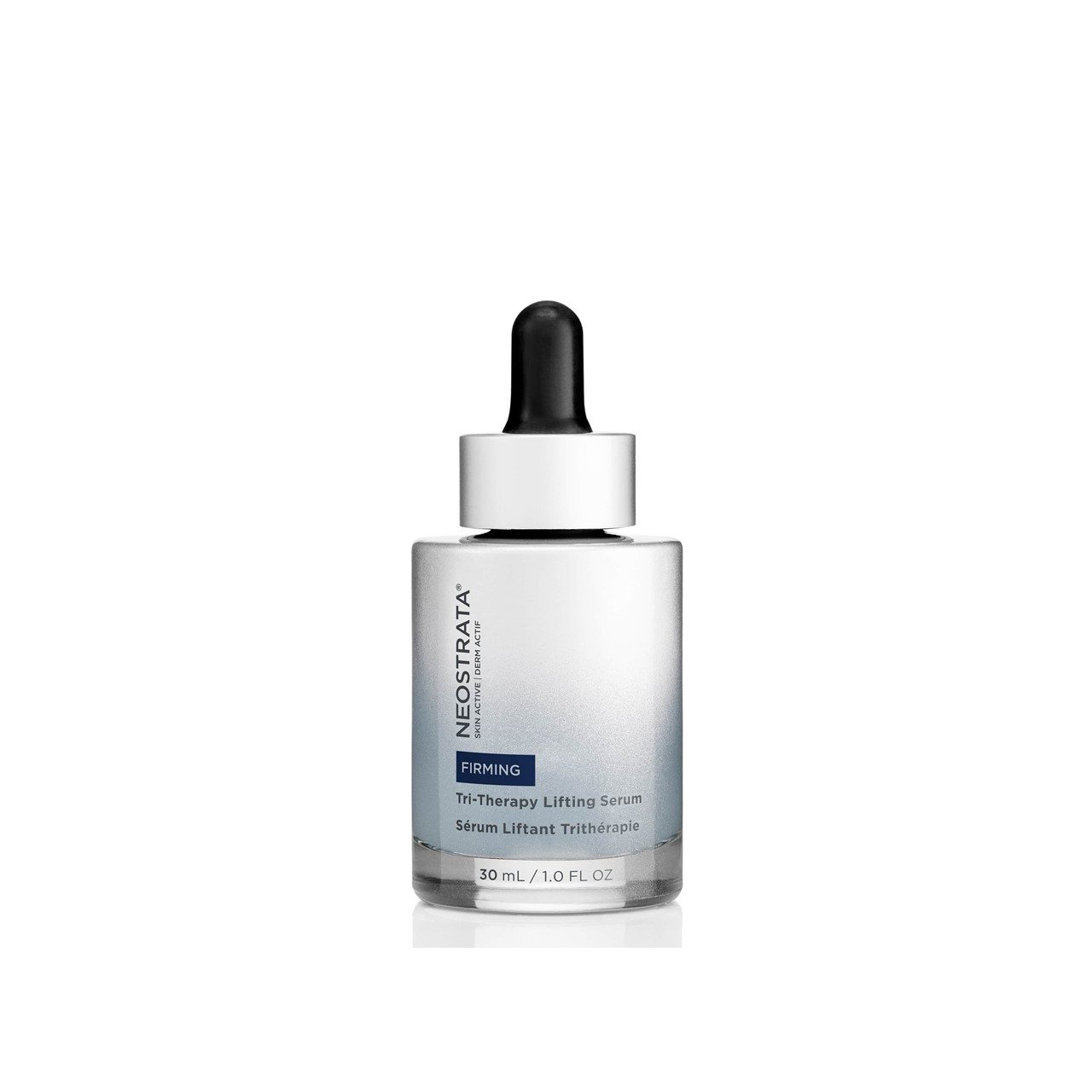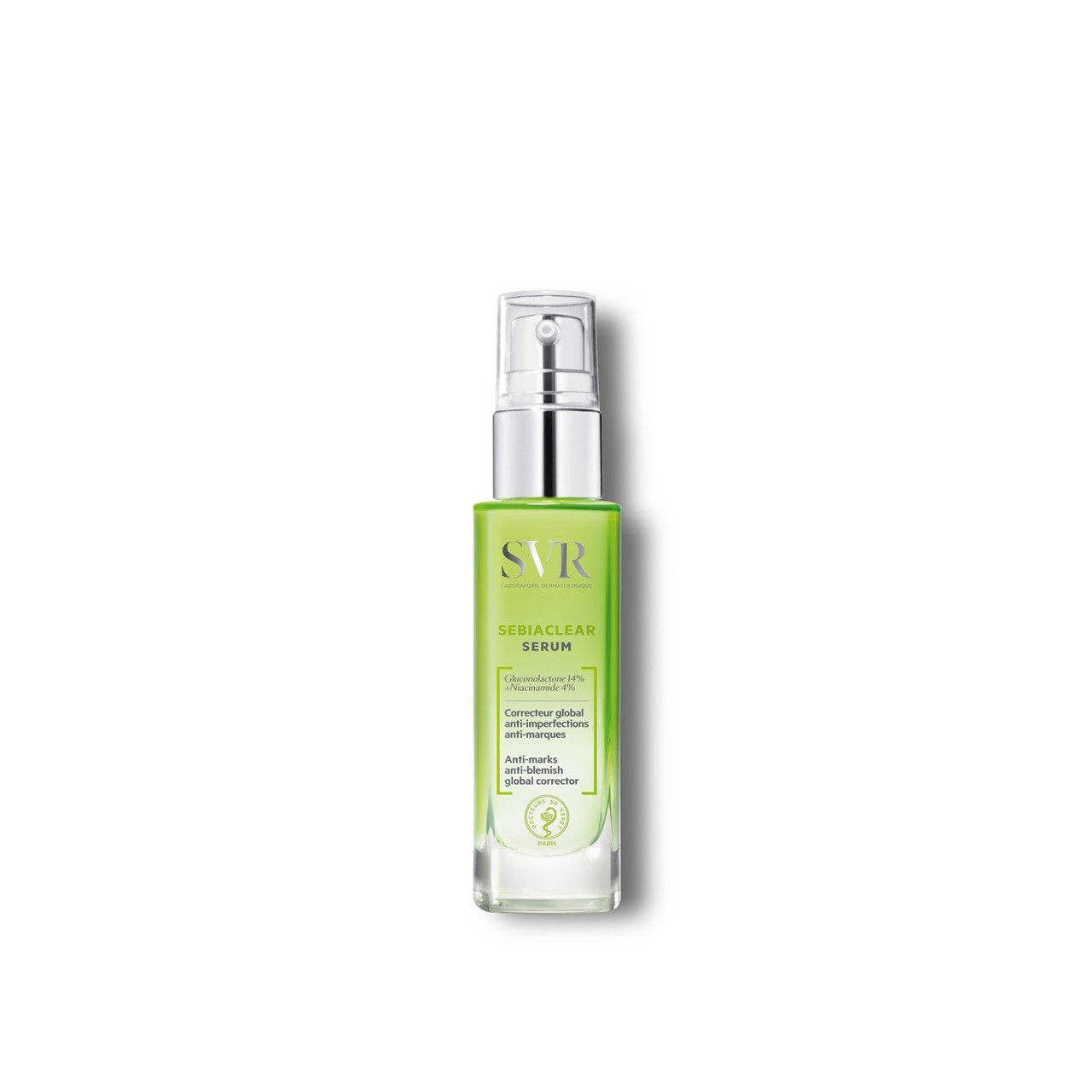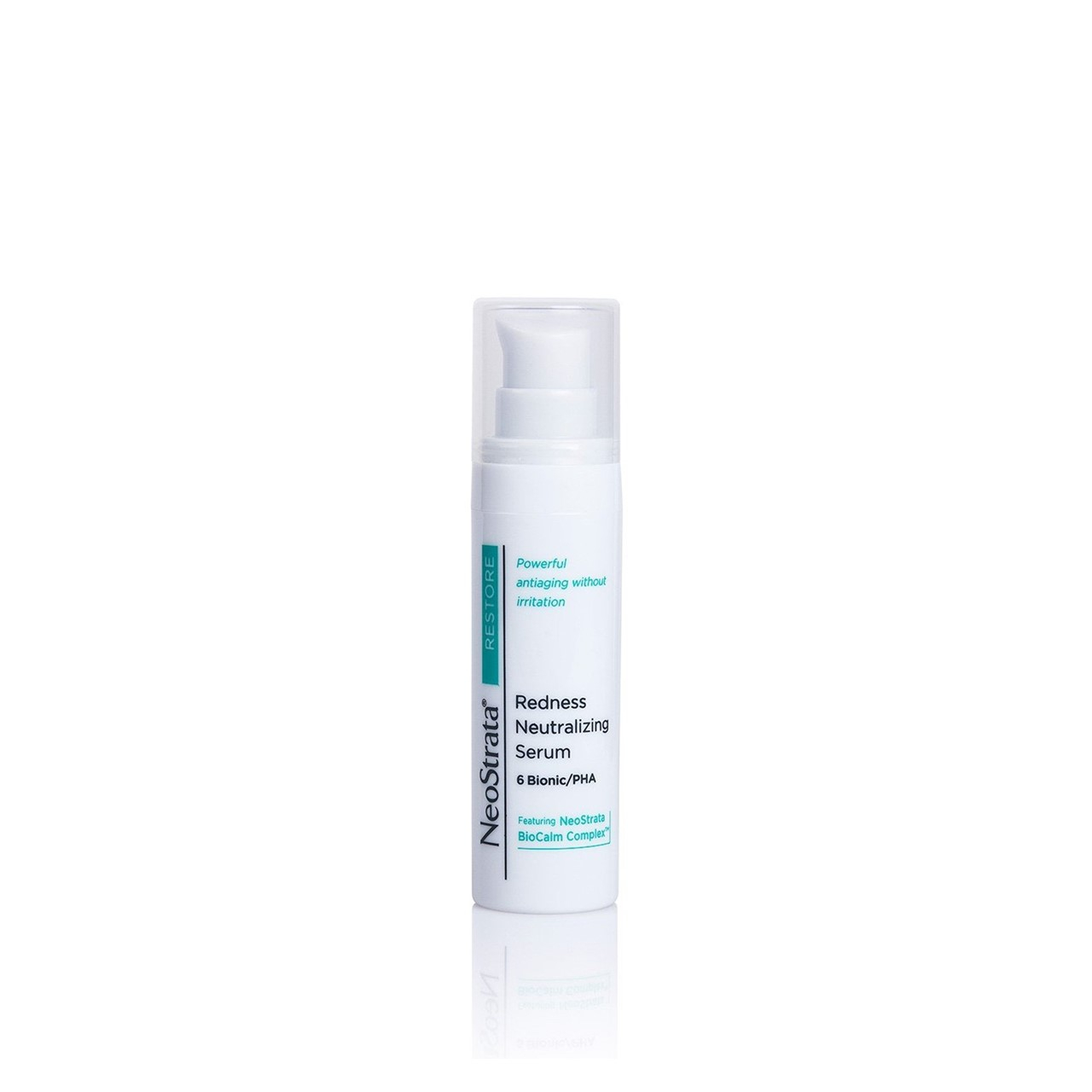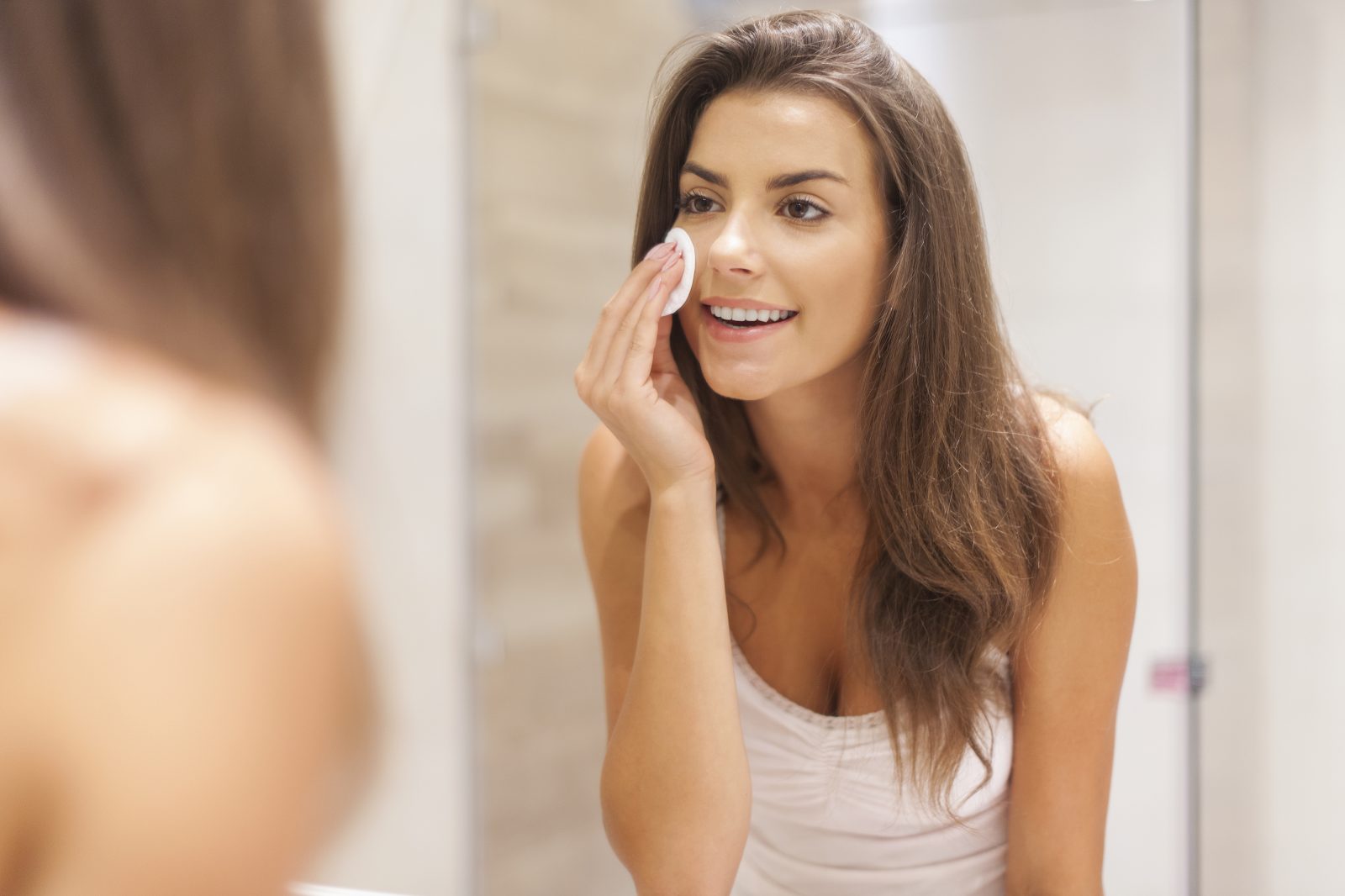
It’s already been more than a decade since we were introduced to the massification of using exfoliating acids in skincare routines at home. Previously, it had been mainly reserved for those who were undergoing treatments with professionals. However, long gone are the days in which only a few selected people used them. Nowadays, it’s difficult to find someone who is into skincare and doesn’t incorporate chemical exfoliation in their routine. Used daily, weekly, or even monthly, these ingredients seem to be here for the long run.
On the other hand, it’s also very easy to become confused by all the information regarding exfoliating acids. Should everyone use these ingredients? What about people with sensitive skin? Can I combine more than one product with these acids? Actually, what exactly ARE these ingredients, and what do they do? And how about combining them? The questions are infinite, but we’re here to sort them out for you.
On this post:
- What are exfoliating acids & how do they work?
- Pros and cons of using chemical exfoliants
- Types of exfoliating ingredients
- What is the best exfoliating acid for me?
- How can I use exfoliating acids?
What are exfoliating acids & how do they work?
Firstly, we have to talk about the skin structure for just a little bit. The outer layer of the skin, called the stratum corneum, is composed of cells that gradually lose their properties until they are dead cells. These cells eventually become the ones that you can actually skin on the surface. These cells should shed by themselves, but normally they don’t do it in perfect layers. This means that the texture of the skin surface is irregular due to these cells not shedding properly. In order to help them shed, we can either use a mechanical exfoliator (small particles in a creamy base, dry brushing, etc) or use chemical or enzymatic exfoliation. Although it may sound daunting, chemical exfoliation isn’t dangerous if you use at-home products and use them correctly.
So, what do these chemical exfoliators do? The mechanism isn’t fully understood, but mainly they tend to dissolve the “cement” that glues dead cells together. Thus, this allows them to shed, creating an even outer layer, and therefore improving the texture. This doesn’t mean that any acid will improve the skin texture and have an exfoliating effect, just look at hyaluronic acid. It’s, in fact, an acid, but it doesn’t exfoliate the skin.
Although concentration really matters when it comes to exfoliating acids, you have to remember two things. Firstly, higher concentration means more results, but also more side effects. This means that looking for higher concentrations is not always a good idea. Secondly, the formula is king, so even if you have the same concentration on two different products, they will not do the same.
Pros and cons of using chemical exfoliants
All in all, what good things can you expect from adding exfoliating acids to your routine? In fact, depending on the one you choose (more on that below), you can expect even texture, improving brightness, fighting premature aging signs, improving oily and acne-prone skin, and reducing dark spots.
On the other hand, it’s not all good things. Many people get excited about using these ingredients, and they eventually overdo it. Using high concentrations of these ingredients can mean a damaged skin barrier, thin skin, and even more sun damage if you don’t ALWAYS use sunscreen.
Types of exfoliating ingredients
AHA stands for alpha hydroxy acids, and they are the most common acids in skincare. This group includes glycolic acid, lactic acid, mandelic acid, citric acid, and many more. Glycolic acid has the most studies and reports and is also the one most commonly used. These exfoliating acids have a fondness for water, so they dissolve in it.
BHA means beta hydroxy acids, and the one you will recognize is salicylic acid. Contrary to the previous ones, BHA prefers oil over water, so salicylic acid is perfect for penetrating clogged pores and dissolving within the sebum, thus exfoliating it from within. This means that, if you have oily skin, BHA is a great idea.
PHA is polyhydroxy acids, such as gluconolactone, galactose, and lactobionic acid. Since they are bigger molecules, they tend to be perfect for those who usually experience skin sensitivity with other acids.
What is the best exfoliating acid for me?
Glycolic acid
- Ideal for: aging skin, resistant skin;
- Pros: the most potent, the one with the most studies, easily available in many formulas, works on texture, hyperpigmentation, and wrinkles;
- Cons: induces photosensitivity, causes some degree of dehydration, can be easy to overdo, and compromise the skin barrier.
Lactic acid
- Ideal for: dry and dehydrated skin;
- Pros: intermediate exfoliation power, hydrates the skin, acts on texture, hyperpigmentation and wrinkles;
- Cons: not easily available.
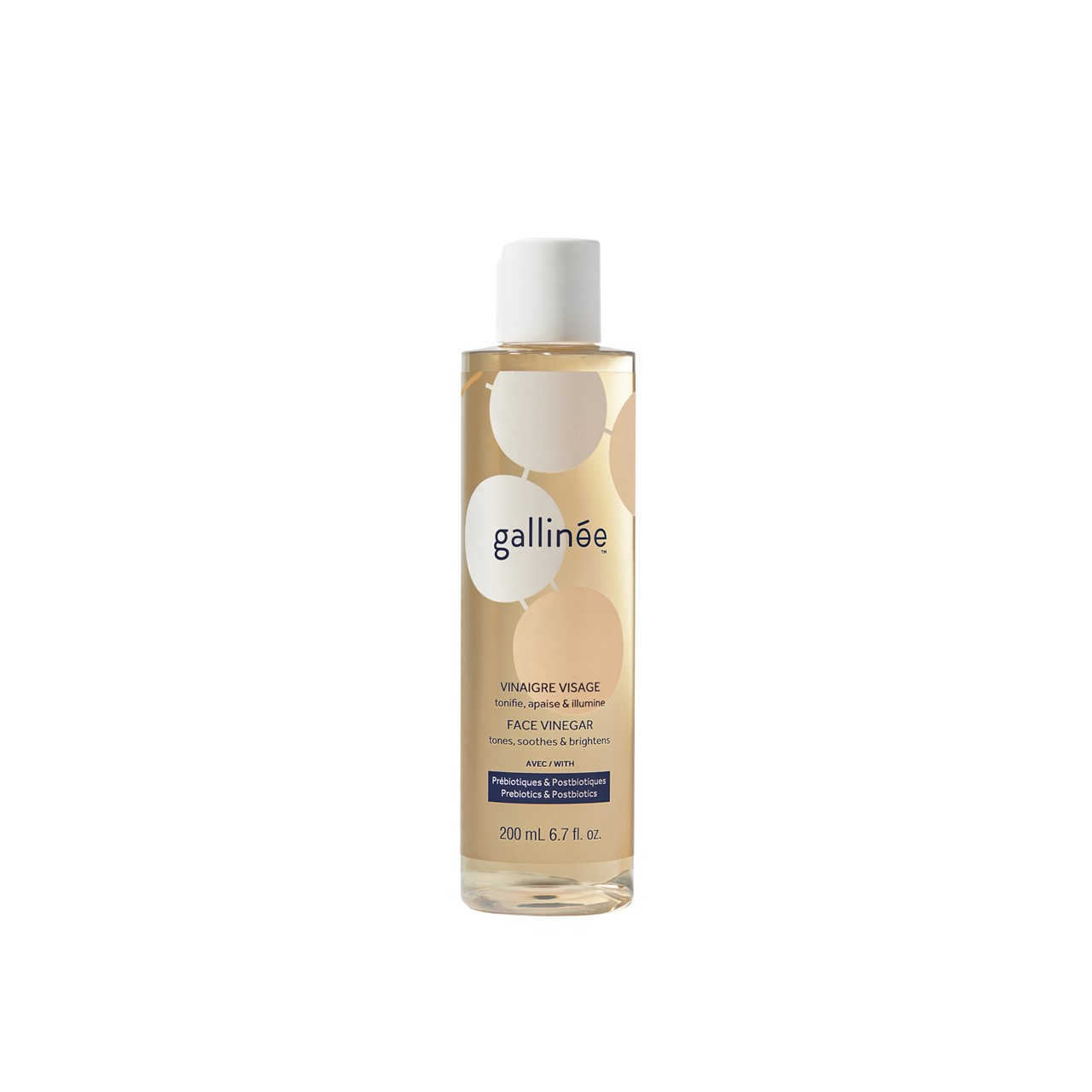
Mandelic acid
- Ideal for: sensitive skin, dark skin with hyperpigmentation
- Pros: light exfoliation power, acts on texture and dark spots (especially on dark skin), less tendency for irritation;
- Cons: hard to find at-home formulas, not the most potent.
Salicylic acid
- Ideal for: oily or acne-prone skin, including adult skin;
- Pros: helps with blemishes and acne, helps to reduce pore diameter, fights wrinkles;
- Cons: drying, some people won’t tolerate salicylic acid, more prone to inducing allergy flares.
PHA (gluconolactone, lactobionic acid)
- Ideal for: sensitive skin;
- Pros: easily tolerated, works on texture and wrinkles, doesn’t induce sun sensitivity;
- Cons: more expensive, hard to find.
How can I use exfoliating acids?
Now that you’ve checked the products and ingredients, let’s dibble into how you should use them. There are some ground rules you should always follow in order to achieve success.
- Always use sunscreen. Even if you choose a formula that doesn’t contain ingredients that induce sun sensitivity, you are still reducing the number of cells on the surface. Always protect your skin, even in the winter.
- Start low and slow. Start with low concentrations and just once a week, and then build up your routine gradually. Moreover, not all acids can be used in the same concentrations (maximum 15% on glycolic acid, but 2% on salicylic). This means that even if the percentage seems low, it can actually be high.
- Add one product at a time. We get it if you’re excited to try new things, but always add just one product at a time (minimum 2 weeks before adding another).
- Watch out for over-exfoliation. If your skin starts to peel hard, have red blotches, or if you experience sensitivity to touch or radiation, stop everything and go back to basics. You can check out our blog post on how to deal with a compromised skin barrier to find out how to manage this situation.
- Preferably use in the evening. You can use some of them in the morning and evening, but again, take things slowly. In fact, one great product in the evening will be enough for your skin.
- Apply after cleansing the skin. Use exfoliating acids on clean skin, and use the product according to the instructions. Actually, some will require that you remove them after a certain amount of time.
Lastly, we hope you’ve liked this post and now feel ready to introduce exfoliating acids on your routine. You can even check out our website section dedicated to skin peeling if you’re looking for the hardcore ones, or dabble in the sections dedicated to glycolic acid and salicylic acid.
Pharmacy Technician & Beauty Writer


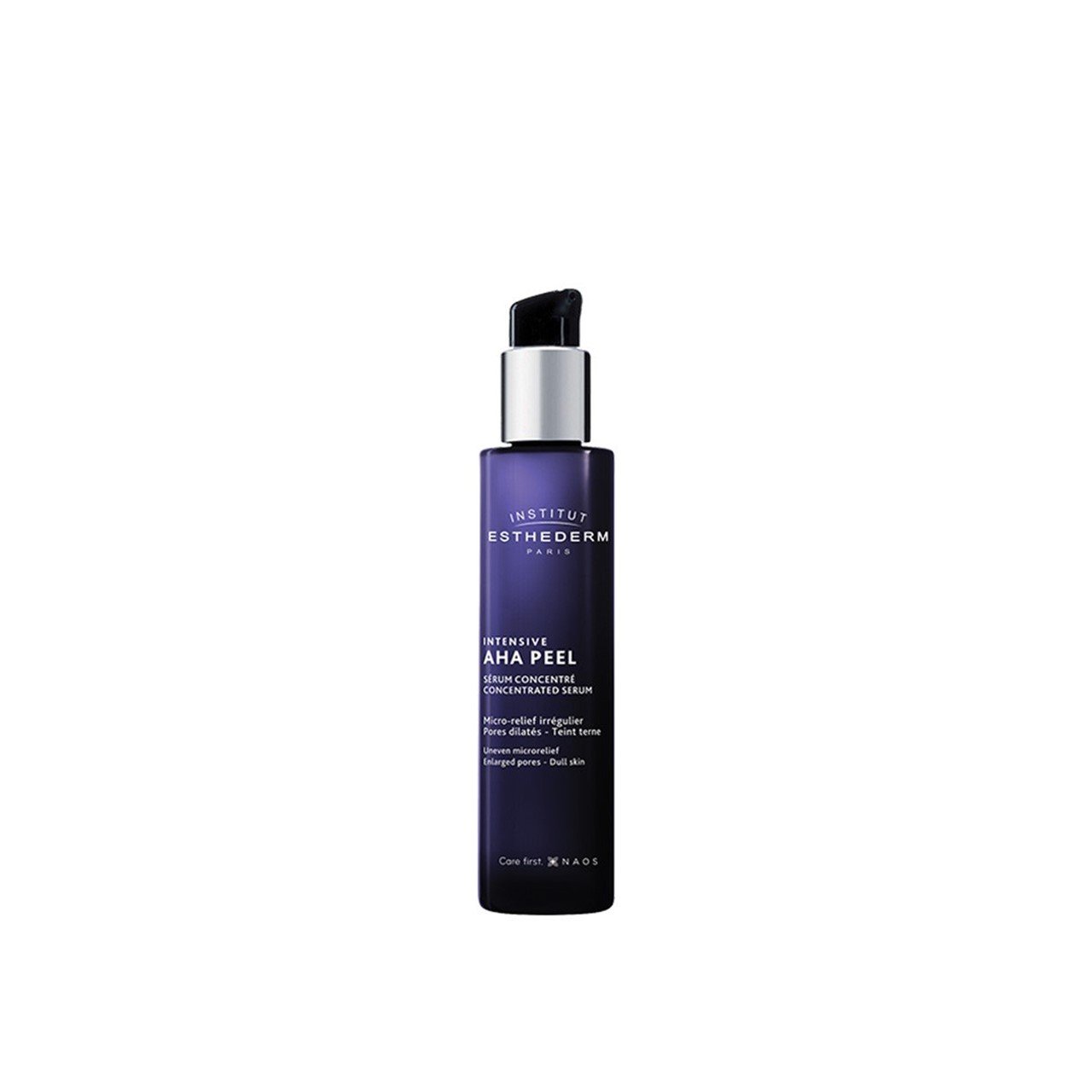
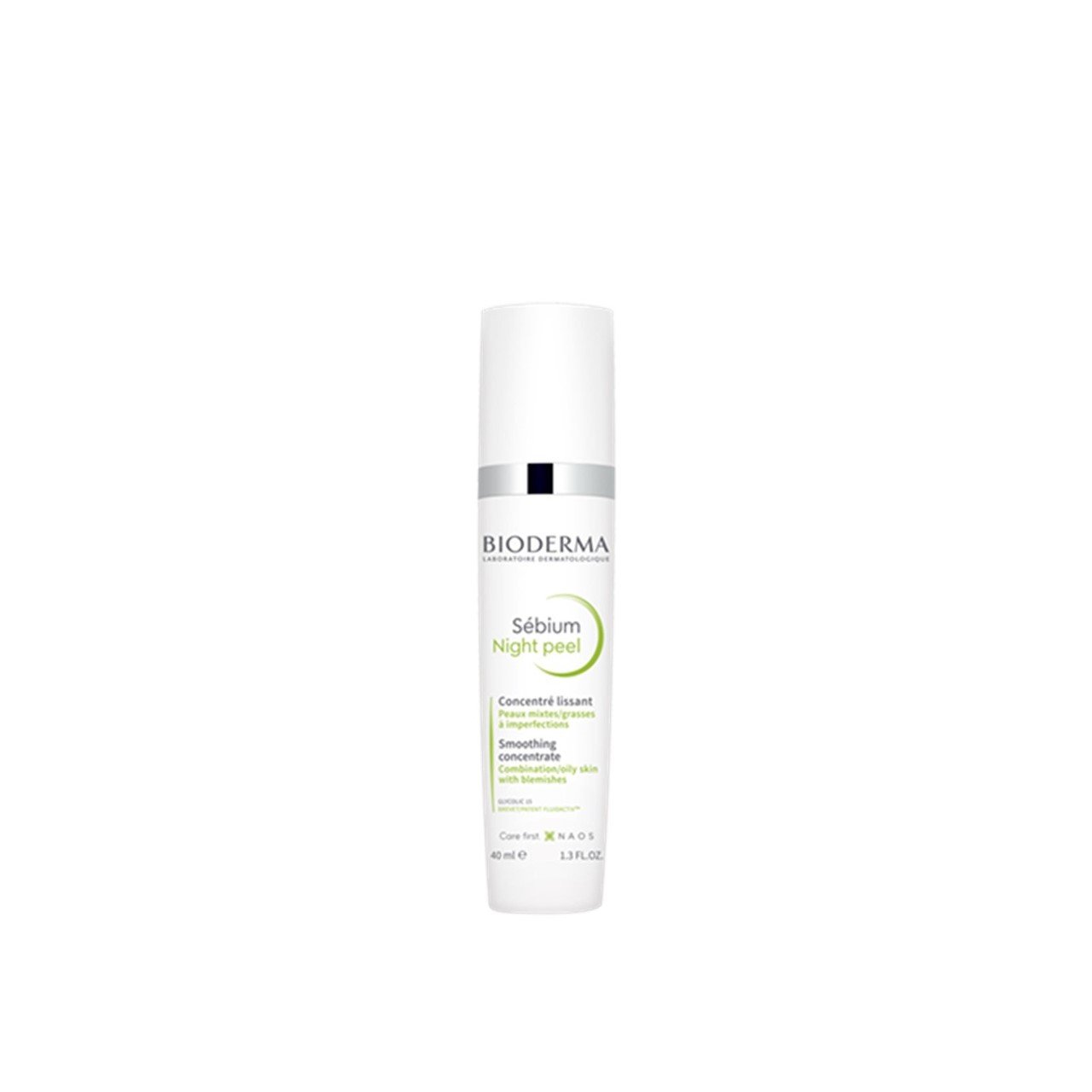
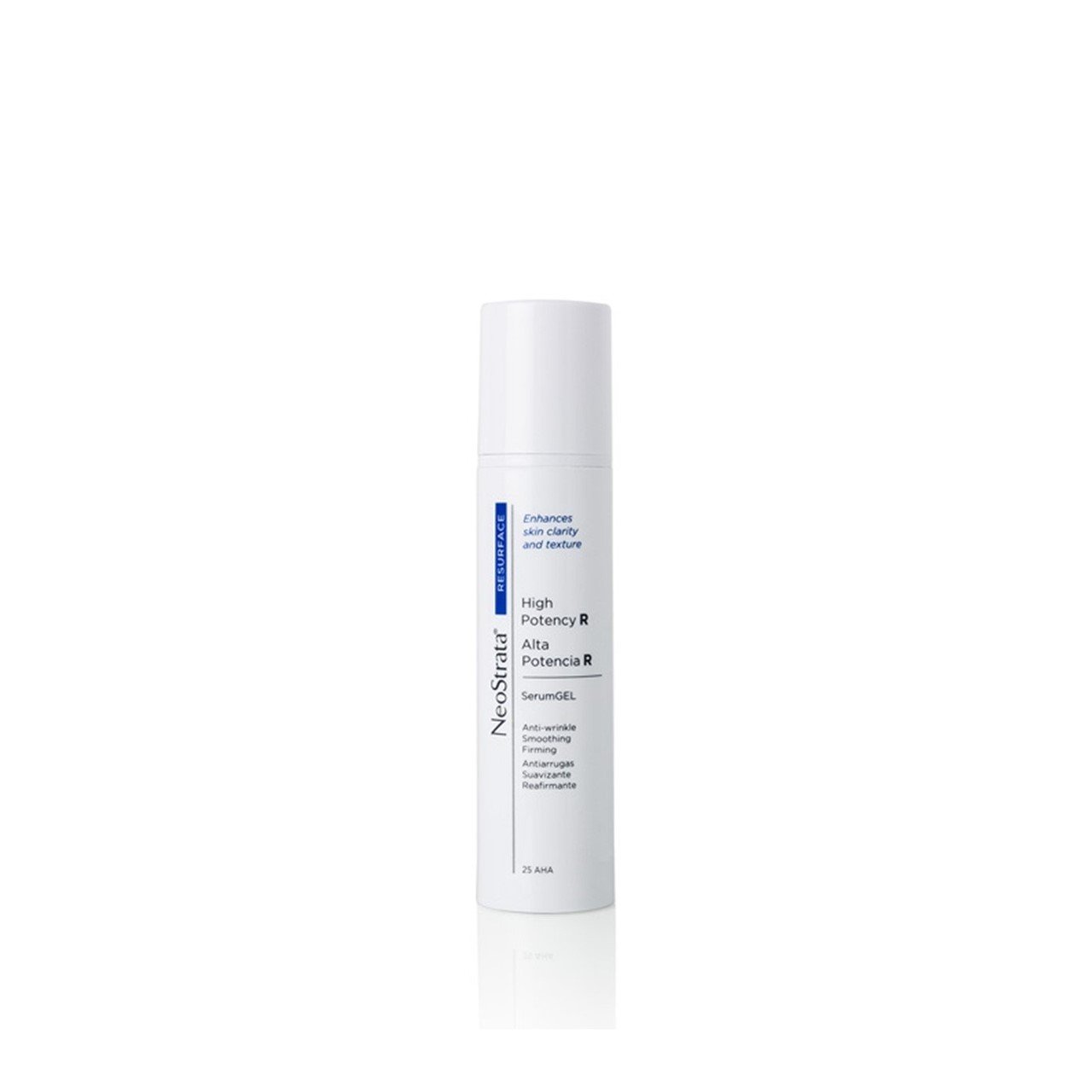
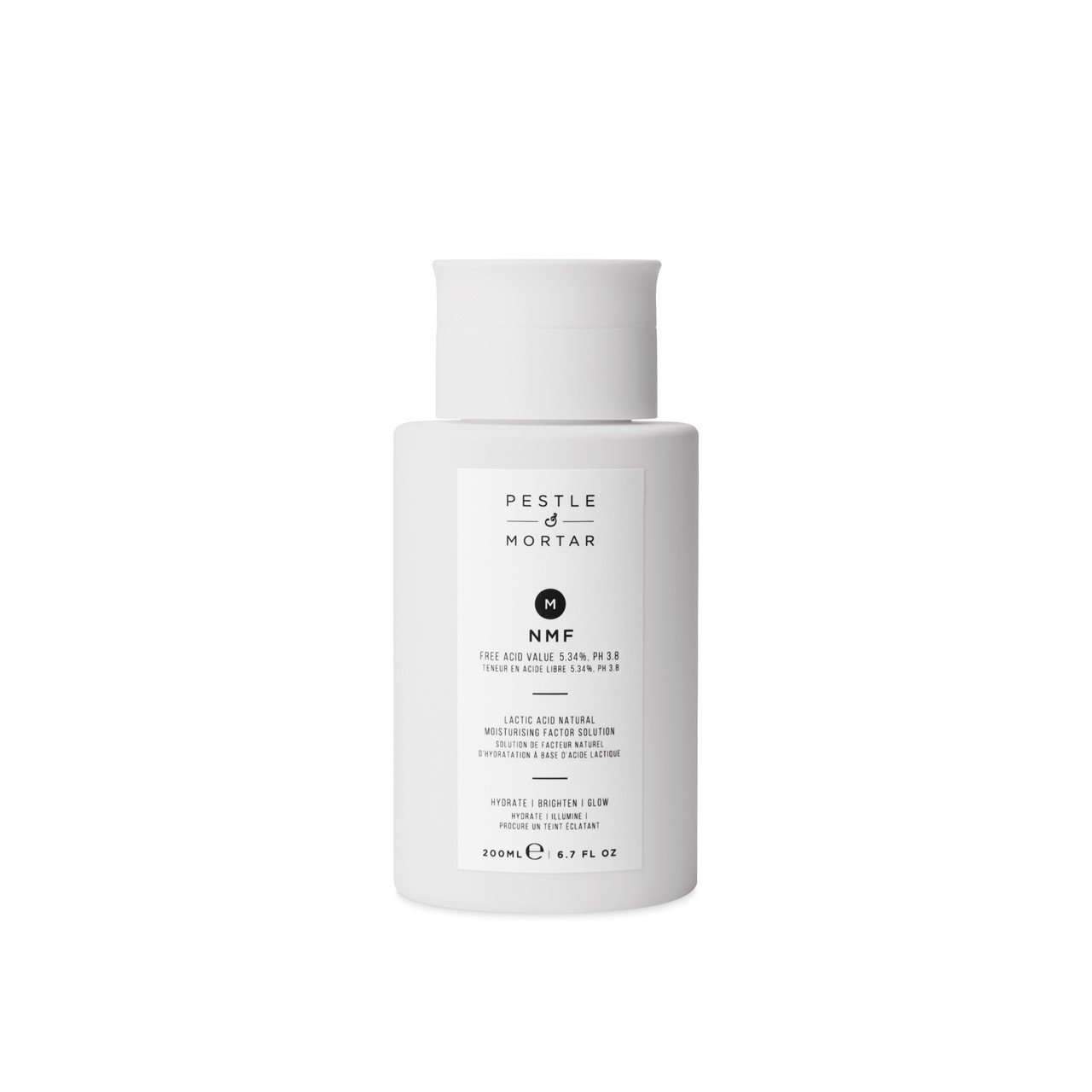
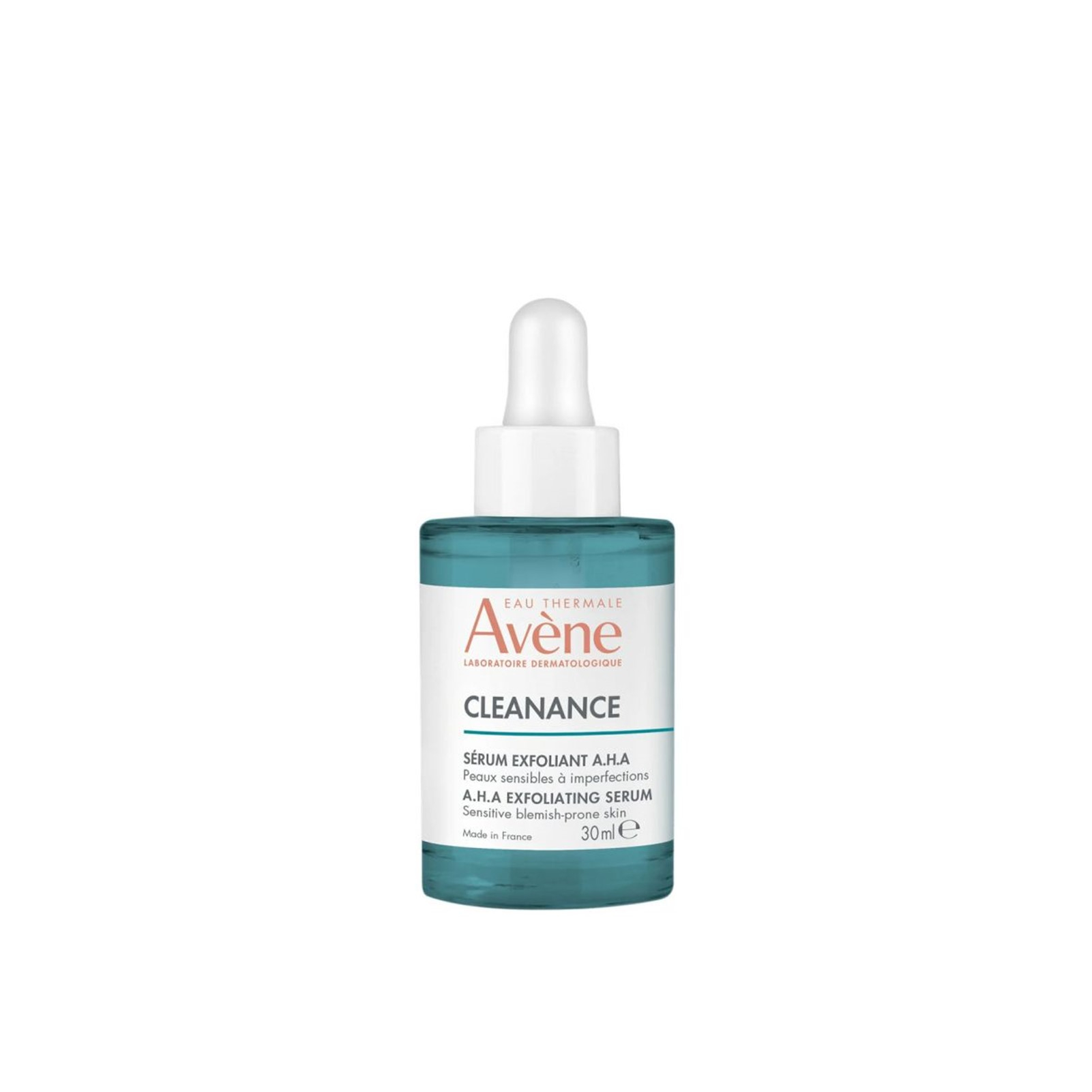
![Sensilis Pure Age Perfection [Cicacne Serum] Blemishes & Wrinkles Corrective Treatment](https://static.beautytocare.com/media/catalog/product//s/e/sensilis-pure-age-perfection-cicacne-serum-blemishes-wrinkles-corrective-treatment-30ml.jpg)
